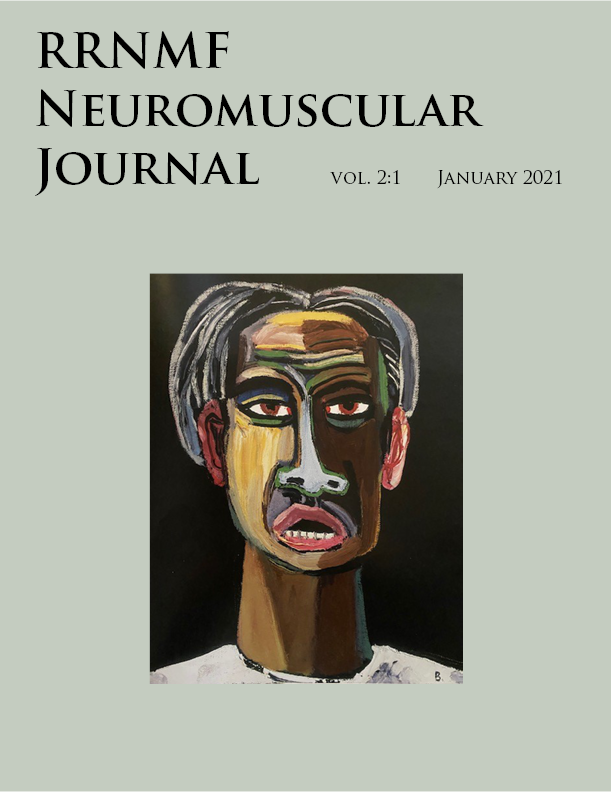A Patient Activities of Daily Living Scale for Amyotrophic Lateral Sclerosis
DOI:
https://doi.org/10.17161/rrnmf.v2i1.14803Abstract
Background: Motor neuron disorders are rare, progressive neurodegenerative diseases which affect multiple domains of motor function. The ability to assess function from home using an electronic medical record (EMR) would facilitate pragmatic studies.
Objective: To develop a Patient Activity of Daily Living scale for Amyotrophic Lateral Sclerosis and other motor neuron disorders (PADL-ALS) to support large pragmatic trials.
Methods: The Greater Plains Collaborative Clinical Data Research Network (GPC) developed and tested the feasibility of using the PADL-ALS. We convened patient and caregiver focus groups and in-person meetings to recommend changes to the ALS Functional Rating Scale-Revised (ALSFRS-R), which clarified language and added questions about pseudobulbar affect, pain, and faith. Feasibility was determined by conducting a survey of participants identified using EMR-computable phenotypes and returned via patient-preferred modalities.
Results: Surveys were distributed to 1079 participants at nine GPC health systems. The survey response rate was 44.4% (range 12.9-57.66%): male to female ratio 1.56; 84% self-identified as a patient with ALS. Patient respondents used computers or tablets more frequently than caregivers responding on their behalf. The PADL-ALS correlated to clinic-performed ALSFRS-R within 4 weeks of survey completion (n=33, rho=0.93, Kansas only). The pseudobulbar affect question correlated to functional motor burden. Over 80% agreed to be contacted for future research opportunities.
Conclusion: We demonstrated the feasibility of determining functional burden with the PADL-ALS using an EMR-computable phenotype. Future directions include implementing the PADL-ALS to answer pragmatic questions about ALS care.
Downloads
Downloads
Published
Issue
Section
License
Copyright (c) 2021 Laura Herbelin, Jeffrey Statland, Kim Kimminau, Russ Waitman, Andrew Heim, Sally Dwyer, Kelli Johnsen, Richard Barohn

This work is licensed under a Creative Commons Attribution-NonCommercial-NoDerivatives 4.0 International License.

